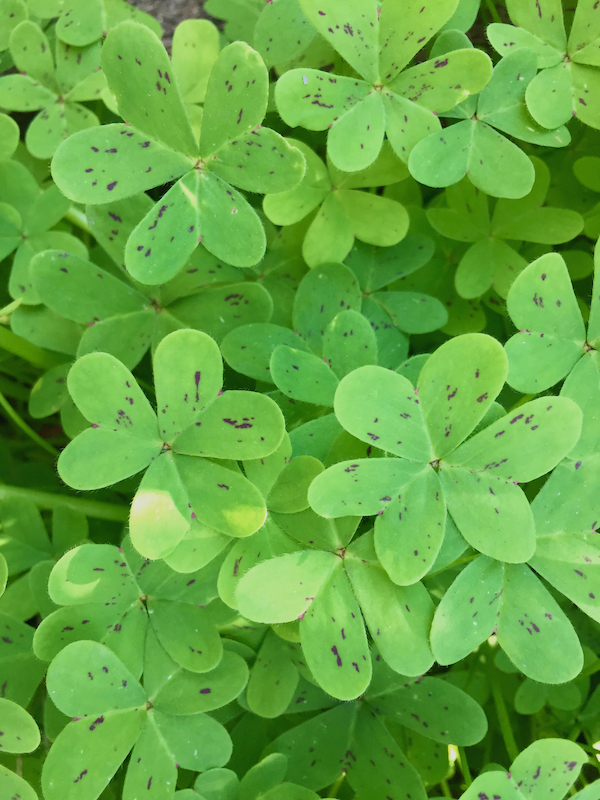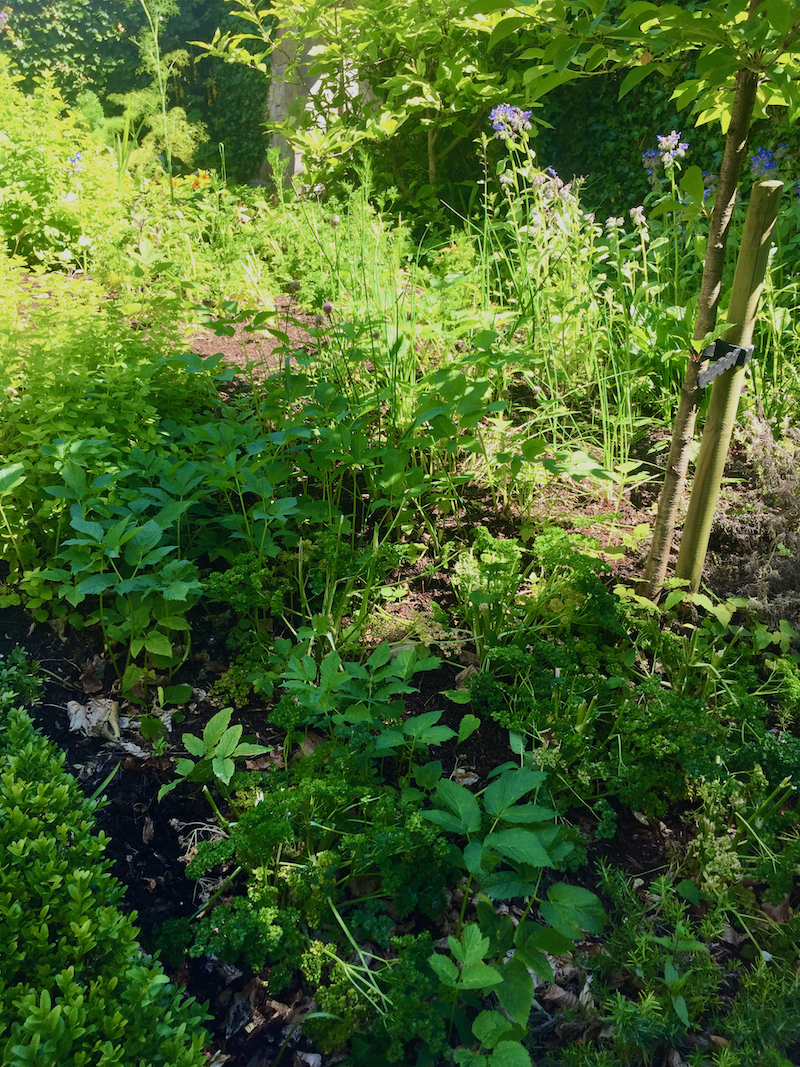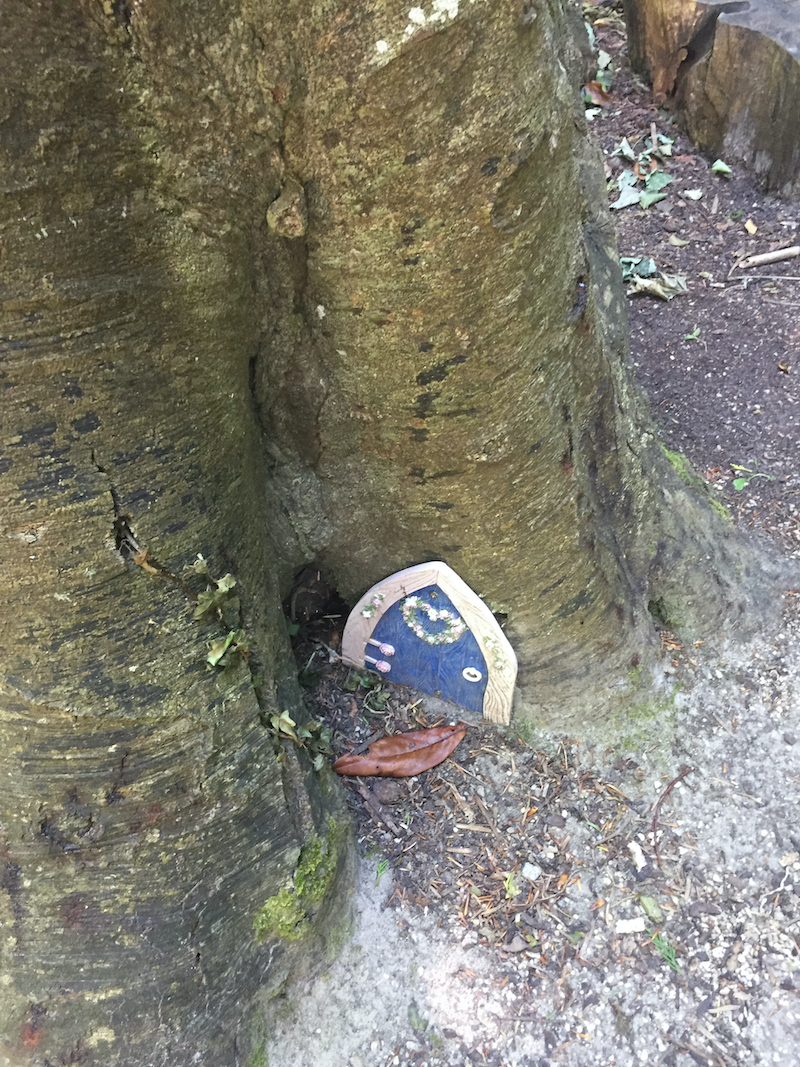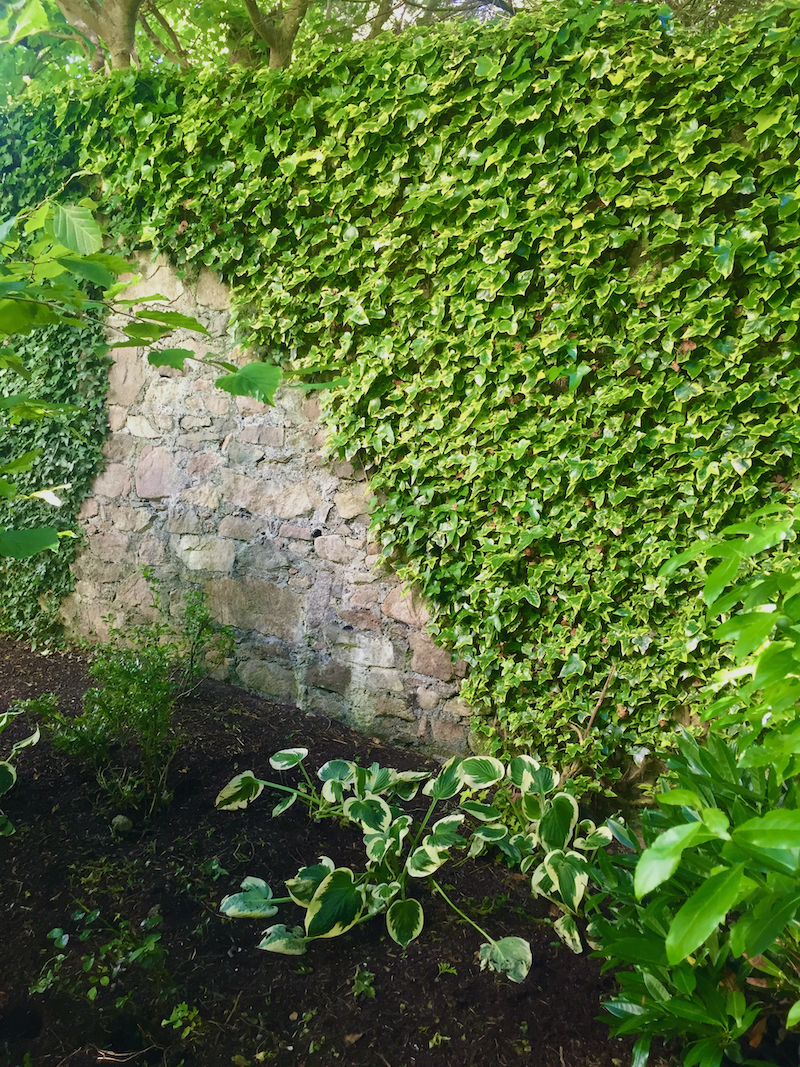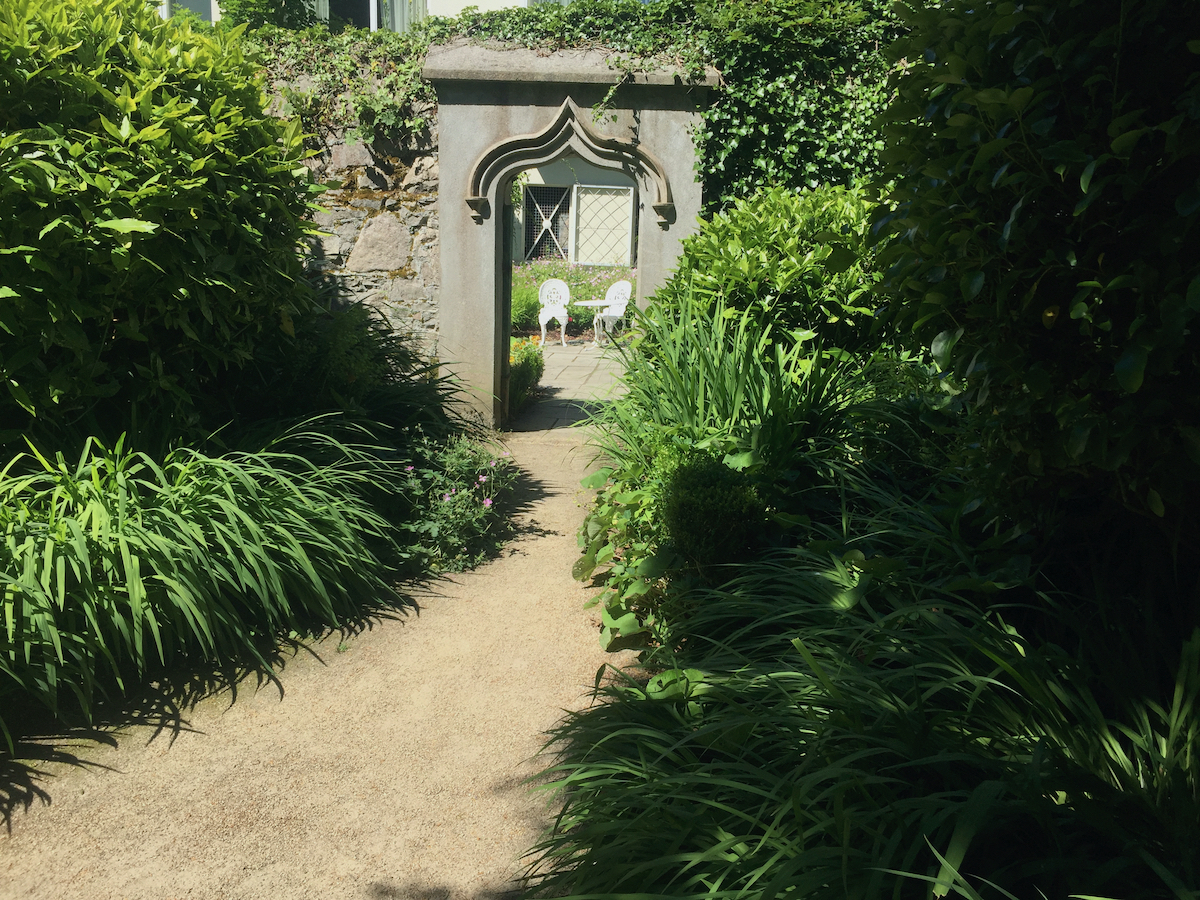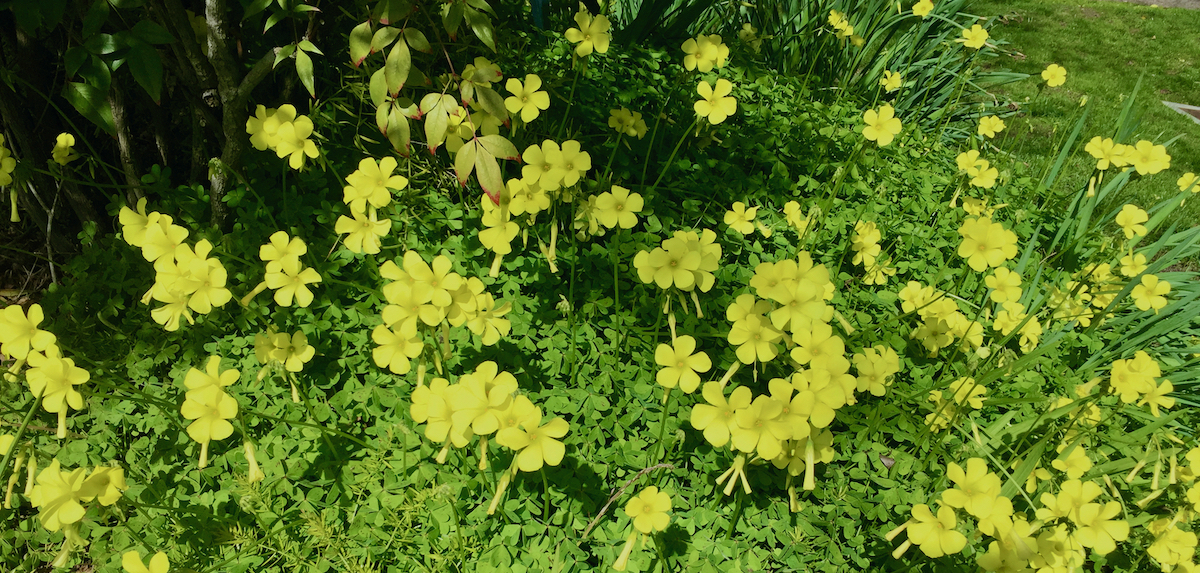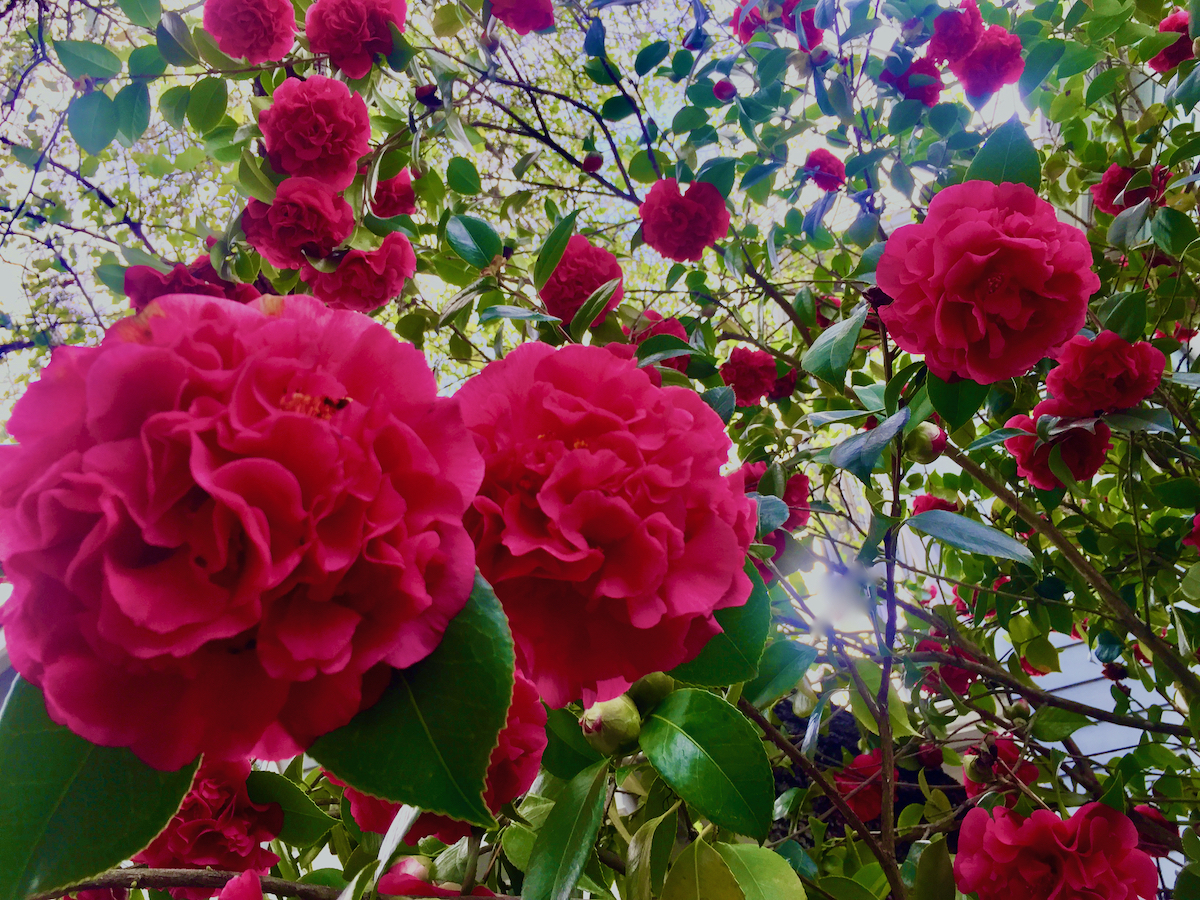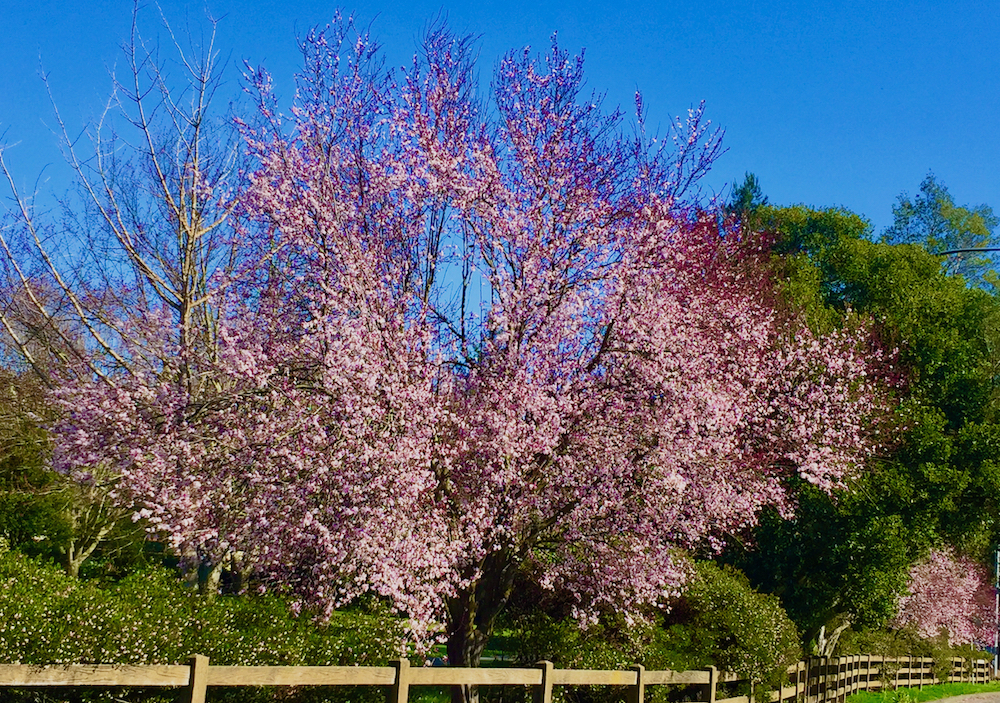Top of the morning to you!
“May your thoughts be as glad as the shamrocks
May your heart be as light as a song.
May each day bring you bright
Happy hours that stay with you all the year long.” Irish blessing.
My first introduction to the Emerald Isles arrived when I was seven. First grade was the beginning of my education since pre-school and kindergarten did not exist in our neck of the woods. A new school had been constructed with young teachers dressed from head to toe in black with white collars who arrived from a faraway land called Ireland. These exotic nuns told the most marvelous tales of a land where mischievous little people known as leprechauns lived in tiny houses, worked as shoemakers, and hid their gold in pots at the end of the rainbow.
Magical green shamrocks blanketed the fields and dales that were used by the legendary St. Patrick in the 4th century to explain the Holy Trinity to those he wanted to convert to Christianity. Best of all, we learned he had driven out the snakes.
Rattlesnakes were everywhere on our ranch so the thought of being able to run barefoot through a field of clover sounded spectacular. By the age of nine, letters were flying across the pond to my pen pal in Dublin and, finally when I was eighteen, I visited her in this mythical landscape to become an adopted Irishwoman. Since then, I’ve spent many days traversing the island, soaking up the hospitality of the people and the beauty of the stones, seascapes, landscapes, cottages, and shamrocks. Most charming are the tiny doors built at the base of trees where the leprechauns live.
Shamrocks grow in my garden in the colors of pink and yellow. There are over five hundred species of Oxalis, known as sorrel or shamrock. Many people consider them a weed because they do multiply. Because I love the Irish lore, I love my spreading shamrocks. They grow from a small bulb and in March sprout mounds of beautiful green clover-shaped leaves with flowers that open at the top of the morning and close at the end of the day. I started my collection by growing shamrocks indoors in a pot and eventually moved the plants outdoors. When the foliage turns yellow and begins to die, cut the leaves to let the plant sleep. Next season, the shamrocks will burst forth again. The tiny bulbs or tubers can easily be moved or transplanted elsewhere. Be aware that shamrocks can become invasive. If you have a small yard, it may be best to keep them in a container. Or designate one area of your garden for the shamrocks and don’t allow them to escape.
Wear green on March 17 and celebrate St. Patrick’s Day with a pot of shamrocks on your table. They may not bring you a pot of gold, but shamrocks are a reminder that once we can travel again, visiting the land of leprechauns is at the end of the rainbow.
Happy St. Patrick’s Day. Erin Go Bragh!
Cynthia Brian’s Gardening Guide for March
Since I’ve been writing this column since 2008, I often mistakenly assume that readers understand that I encourage the use of organic and safe garden practices for feeding, fertilizing, spraying, or eliminating pests. There are always ways to create a beautiful garden without the use of toxic chemicals, insecticides, herbicides, and pesticides. Keeping our children, pets, and wildlife safe and healthy is of the utmost importance. Whether I specific an organic method or not, please always use eco-friendly products. By doing so, we’ll also heal our planet.
ELIMINATE SNAILS: Non-toxic to children, chickens, and other pets, Sluggo and Natria are two organic baits containing iron phosphate which naturally occurs in soil. Non-ingested bait degrades and becomes part of the soil.
Other ways to purge snails and slugs include:
- a. Handpicking them. I often go out at night with a flashlight and a bucket. If you have chickens, ducks, or geese, they’ll feast on escargot. Otherwise, at the risk of sounding cruel, you must kill them. We do the snail stomp. Put on boots and dance around. Other ways include drowning them in a bucket of water.
- b. Trapping them. Snails like to hide in damp, dark refuges under flowerpots, boards, or plants. Gather them in the morning after their nightly raid.
- c. Beer bowls. Snails are attracted to the fermenting yeast of beers. If you put out saucers or shallow bowls of beer, they will fall in. They don’t get drunk. They drown in the beer.
- d. Copper barriers. Copper bands or strips are probably the most effective barrier to keep snails and slugs out of pots and plants. It is work-intensive and more expensive, but especially useful around trees.
- e. Decollate snails: These predatory snails have been used in Southern California to control young small brown snails in citrus groves. However, they cannot be used in Northern California as they would endanger other mollusk species.
Once you have killed your snails, you can add them to your compost pile where their moist bodies will decompose quickly. The shells will take a bit longer but will add nutrients as they compost.
UPGRADE your outdoor living to be a place that encourages peacefulness and solitude. Create an area where you can work and listen to the sounds of nature.
SUPPORT National Farmworkers Awareness Week March 25-31 by purchasing produce from socially responsible vendors.
TRY a solar-powered sonic mole deterrent that emits vibrations through the ground to keep these velvety creatures at bay. Moles do produce unsightly molehills and undermine plants with their shallow tunnels which can cause roots to dry out. They also do positive chores by feeding on slugs.
STORE garbage cans out of reach of scavengers. Don’t feed wildlife. Skunks, raccoons, and coyotes have become frequent neighborhood visitors and can be dangerous.
FEED your lawns. Healthy soil grows healthy strong grass. Top your lawn with ¼ inch of compost or use a slow-release organic fertilizer that disseminates their nutrients through animal, plant, and mineral matter. It is best to fertilizer before rainfall.
TURN on lawn sprinklers to check the heads have not been covered by new growing grass.
DESTROY weeds and poison oak without toxic chemicals.
For weeds in sidewalk cracks, borders, and areas where lawns, flowers, and other plants won’t be affected, mix one tablespoon Dawn dishwashing detergent, a cup of salt, and a gallon of regular white vinegar in a pail. Pour into a spray bottle and spray on the weeds on a sunny day. The sunlight works the magic. Be careful where you spray as this solution is harmful to grass and plants. It will kill your weeds.
For poison oak or super-tough weeds, buy a gallon of 30% white vinegar and put it in a spray tank undiluted. Spray poison oak as it emerges in spring and do it on a warm, sunny day. The 30% white vinegar is very potent and will kill everything it touches. It is the safe and effective alternative to using Round Up for a similar amount of money. It also is useful for cleaning brick and stone patios, driveways, greenhouses, and hothouses. It will dissolve calcium, mineral, and lime buildup.
SPRING for spring on March 20th. Enjoy the rebirth of our gardens and start digging deeper.
Happy Gardening. Happy Growing. Happy Spring!
Photos and mores: https://www.lamorindaweekly.com/archive/issue1502/Digging-Deep-with-Goddess-Gardener-Cynthia-Brian-Top-of-the-Morning.html
Cynthia Brian, The Goddess Gardener, is available for hire to help you prepare for your spring garden. Raised in the vineyards of Napa County, Cynthia is a New York Times best-selling author, actor, radio personality, speaker, media and writing coach as well as the Founder and Executive Director of Be the Star You Are!® 501 c3. Tune into Cynthia’s StarStyle® Radio Broadcast at www.StarStyleRadio.com.
Buy copies of her best-selling books, including, Chicken Soup for the Gardener’s Soul, Growing with the Goddess Gardener, and Be the Star You Are! Millennials to Boomers at www.cynthiabrian.com/online-store. Receive a FREE inspirational music DVD.
Hire Cynthia for writing projects, garden consults, and inspirational lectures.
Cynthia@GoddessGardener.com


